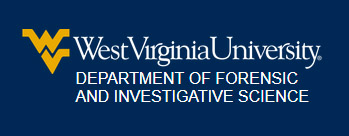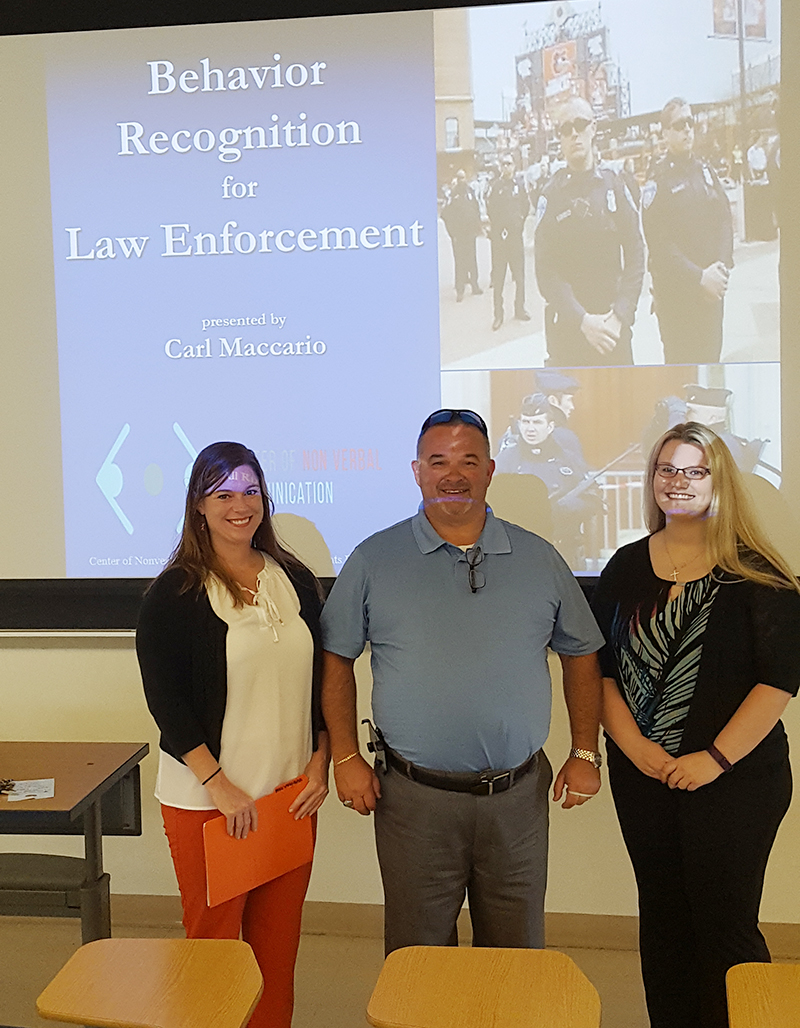Many people are closely watching the presidential debates; but not as closely as those of us who are in the field of reading nonverbal communication. It appears to me that the candidates could use someone (like me) to advise them on the dos and don’ts of their non verbal messaging. I have been a student , a researcher and practitioner of reading nonverbal communication in many environments for over 15 years. The candidates nonverbal cues so far, in my opinion , leave a lot to be desired in these debates.
For instance, in both party debates, almost all the candidates will turn and face their opponents when the others are speaking. That signals to the audience that they feel what the other candidate is saying has some kind of merit. What they should do is to continue to face the audience while looking down at their notes and then continue to make eye contact with the audience/camera. It shows confidence and does not show some kind of possible “buy in” to what the other candidates are saying….
Now lets get to the smiles.
On the Democratic side, Hillary Clinton needs to get a real smile fast. I have studied whats called micro expressions for years . They are cross cultural expressions of emotion that come across the face really fast. They signal the emotion that the person is feeling at that time.
So a real smile for example involves all the muscles in the face. The cheeks go up and the smile even includes the muscles right up to the corner of the eyes. Almost all Hillary’s smiles are in the lower part of the face…indicating a contrived disingenuous smile…in other words not real! Sometimes her smile even rivals what we commonly call a “smirk”. Not Good…..
Bernie Sanders has a great smile , involving every muscle in the face that is used when the smile is genuine. The next time you look at Hillary and Bernie smile, you will see what I mean.
On the Republican side there are issues too!
Donald Trump’s smile occasionally borders on the smirk side but for the most part is a genuine smile when he smiles . The same with Ben Carson. Ted Cruz has a problem. His smile rivals Hillary’s for a low level of smirk or sometimes even contempt which can look like a half smile but again happening in the lower part of the face only..
Research shows that 65-90% of all human interaction is nonverbal, therefore, the Presidential candidates need to be aware of what messages they are sending their audiences. Wasn’t it Abraham Lincoln who said ” You can fool all the people some of the time, and some of the people all the time, but you cannot fool all the people all the time”….
Carl Maccario, Founder of the Center of Nonverbal Communication
 The Department of Forensic and Investigative Science at West Virginia University is recognized as a top program nationally for the high-quality education it delivers to students, preparing them to be forensic professionals. With research-active faculty, a student-centric philosophy, a contemporary curriculum, world-class equipment, and superior facilities, students in Forensic and Investigative Science receive a unique scientific and hands-on learning experience.
The Department of Forensic and Investigative Science at West Virginia University is recognized as a top program nationally for the high-quality education it delivers to students, preparing them to be forensic professionals. With research-active faculty, a student-centric philosophy, a contemporary curriculum, world-class equipment, and superior facilities, students in Forensic and Investigative Science receive a unique scientific and hands-on learning experience.
